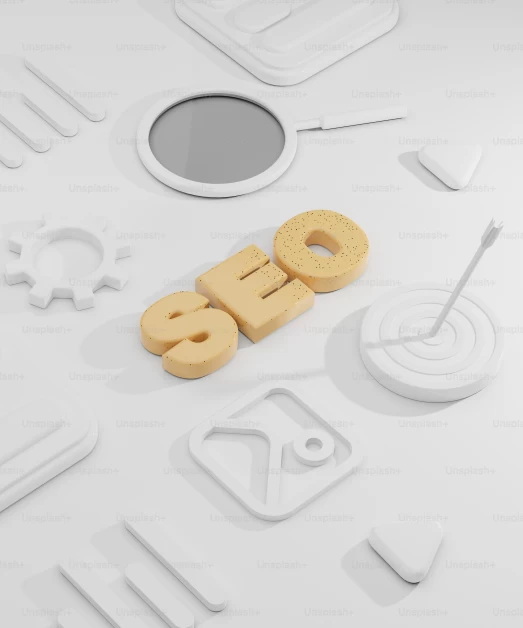Table of Contents
Lead generation is a crucial aspect of fueling growth for Software as a Service (SaaS) companies. While there are various tactics and channels available to generate leads, pay-per-click (PPC) advertising has proven to be highly effective in driving targeted traffic to SaaS websites. In this article, we, as a specialized SaaS PPC agency, will explore an effective strategy for using PPC advertising to generate high-quality, bottom-of-the-funnel leads for SaaS businesses.
The Importance of Bottom-of-the-Funnel Leads in PPC Advertising
To maximize the return on investment (ROI) of your PPC campaigns, it’s important to focus on generating bottom-of-the-funnel leads. These leads are closer to making a purchasing decision and are more likely to convert into paying customers. By targeting bottom-of-the-funnel leads, you can avoid wasting money on users who are not likely to move beyond initial interest or engagement.
However, many SaaS businesses face the challenge of low-quality traffic in their PPC campaigns. Often, businesses only track on-site actions as conversions, neglecting the data from lower-level conversions that occur further down the funnel. This results in a high cost per target customer.
To overcome this challenge, it is important to optimize your ad campaigns for conversions at the bottom of the funnel. By doing so, you can improve the quality of your traffic and ensure that you are attracting users who are most likely to convert into customers.
Implementing Full Funnel Conversion Tracking
To optimize your ad campaigns for bottom-of-the-funnel conversions, you need to track and measure all the targeted actions and user behavior on your website. This includes actions such as completed contact forms, phone calls, emails, and live chat interactions. By tracking these actions as conversions and including them in your ad campaign optimization, you can get a comprehensive view of user behavior throughout the funnel.
To track and report user activity as conversions, you can use tools like Dashly. Dashly allows you to place a live chat on your website, add a chatbot to collect leads, and set up pop-ups customized for your users’ needs. By tracking and reporting these user actions as conversions, you can include them in your ad campaign optimization.
Tracking Bottom-of-the-Funnel Conversions
Once you have tracked and measured the top-of-the-funnel conversions, the next step is to track and measure the bottom-of-the-funnel conversions. These conversions occur when a user has already left a request, and you have processed it, resulting in the lead closing the deal and taking the desired action, such as signing a contract or making a payment.
Tracking bottom-of-the-funnel conversions can be more complex, as it often involves importing offline conversions from your CRM system. This may require the assistance of a third-party service or an analyst to set up correctly. However, by tracking these conversions and including them in your ad campaign optimization, you can ensure that you are targeting users who are most likely to convert into paying customers.
Optimizing Campaigns for Full Funnel Conversions
To optimize your ad campaigns for full funnel conversions, you can use automated strategies based on machine learning principles, such as Google Ads’ “target return on ad spend” (tROAS) auto strategy. This strategy allows you to set a value for each conversion in the funnel and optimize your campaigns based on the overall return on ad spend.
When implementing this strategy, it’s important to wait for sufficient data to be accumulated before switching campaigns to a value-based strategy. Typically, waiting for around 30 days is recommended. If you haven’t advertised yet or don’t have enough data, you should start with another auto strategy.
If you have a long decision-making period for bottom-of-the-funnel conversions, it’s advisable to use a conversion from a previous step in the funnel with a lower time delay as the most valuable conversion for campaign optimization. For SaaS products, this could be an onboarding step, a trial sign-up, or filling out an extended questionnaire.
Scaling High-Quality Leads with SaaS PPC
Once you have set up full funnel conversion tracking and optimized your campaigns for full funnel conversions, you can start scaling high-quality leads. By following the steps outlined in this article, you can improve the quality of your paid traffic and attract more qualified leads to your website.
It’s important to note that achieving optimal results with PPC campaigns may take time, usually up to four weeks or longer, depending on the amount of traffic your campaigns receive. Additionally, ongoing analysis and adjustments may be necessary to fine-tune your campaigns and achieve the desired results.
Conclusion
In conclusion, optimizing your lead generation funnel is essential for SaaS companies looking to maximize their ROI and attract high-quality leads. By implementing strategies such as tracking and measuring full funnel conversions, optimizing campaigns for bottom-of-the-funnel conversions, and using value-based auto strategies, you can improve the effectiveness of your PPC advertising and drive targeted traffic to your SaaS website. With the right approach, PPC advertising can be a valuable tool for SaaS lead generation, helping businesses grow and thrive in a competitive market.
